On the face of it, a 4x4 with two complete engines and drive trains seems like a crude approach to an off-road vehicle. On the other hand, it minimizes development costs for the manufacturer, eliminates the complicated transfer case and provides greater reliability should one of the engines fail. For Citroën in the late 1950s, it seemed a logical approach to making an off-road utility from their already-versatile 2CV. The concept was not unknown. Walter Christie, the American pioneer of front-wheel drive, had built a race car in that image in 1906. Moreover, the British followed Citroën's lead with a "Twini" version of the Mini Moke, intended for military use, a few years later. The recipe was simple: a second 2CV power train adapted to the rear end of the vehicle. Actual development was done by Panhard, recently taken over by Citroën. The two clutches operated from a single hydraulic supply and the transmissions were controlled through a single lever. The 425cc engines started and operated separately which allowed one to be turned off for greater economy. The suspension was beefed up and larger tires were fitted. The whole package, while exhibiting some idiosyncrasies, operated well and was effective in its job. Most of the 694 built were used by the Spanish police or for rescue work in the Alps. They were typically driven hard, so finding a solid Sahara, let alone an excellent one, is difficult. This Sahara, the eighth from last one built, was purchased new off the floor of the New York Auto Show by Alexis du Pont on July 9, 1965 for $1,640 and, since then, has spent most of its life tooling around Block Island. The family used the car until 1975, when the car was put away in the basement. It has only emerged just a few years ago and has seen only light use during this period: a mere 6,000kms. It is preserved today in highly original condition, including paint and even original Michelin tires and tubes! The original seat covers are included with the car but a replacement set has been fitted for practical use. Though showing a few signs of use the car exhibits no corrosion issues or other serious flaws. Presently the Sahara is being serviced and new brakes, brake lines, and seals are being fitted (all original pieces will be saved and included). One is unlikely to come up with such a well preserved and lightly used example of this ultra rare machine. Without reserve
On the face of it, a 4x4 with two complete engines and drive trains seems like a crude approach to an off-road vehicle. On the other hand, it minimizes development costs for the manufacturer, eliminates the complicated transfer case and provides greater reliability should one of the engines fail. For Citroën in the late 1950s, it seemed a logical approach to making an off-road utility from their already-versatile 2CV. The concept was not unknown. Walter Christie, the American pioneer of front-wheel drive, had built a race car in that image in 1906. Moreover, the British followed Citroën's lead with a "Twini" version of the Mini Moke, intended for military use, a few years later. The recipe was simple: a second 2CV power train adapted to the rear end of the vehicle. Actual development was done by Panhard, recently taken over by Citroën. The two clutches operated from a single hydraulic supply and the transmissions were controlled through a single lever. The 425cc engines started and operated separately which allowed one to be turned off for greater economy. The suspension was beefed up and larger tires were fitted. The whole package, while exhibiting some idiosyncrasies, operated well and was effective in its job. Most of the 694 built were used by the Spanish police or for rescue work in the Alps. They were typically driven hard, so finding a solid Sahara, let alone an excellent one, is difficult. This Sahara, the eighth from last one built, was purchased new off the floor of the New York Auto Show by Alexis du Pont on July 9, 1965 for $1,640 and, since then, has spent most of its life tooling around Block Island. The family used the car until 1975, when the car was put away in the basement. It has only emerged just a few years ago and has seen only light use during this period: a mere 6,000kms. It is preserved today in highly original condition, including paint and even original Michelin tires and tubes! The original seat covers are included with the car but a replacement set has been fitted for practical use. Though showing a few signs of use the car exhibits no corrosion issues or other serious flaws. Presently the Sahara is being serviced and new brakes, brake lines, and seals are being fitted (all original pieces will be saved and included). One is unlikely to come up with such a well preserved and lightly used example of this ultra rare machine. Without reserve
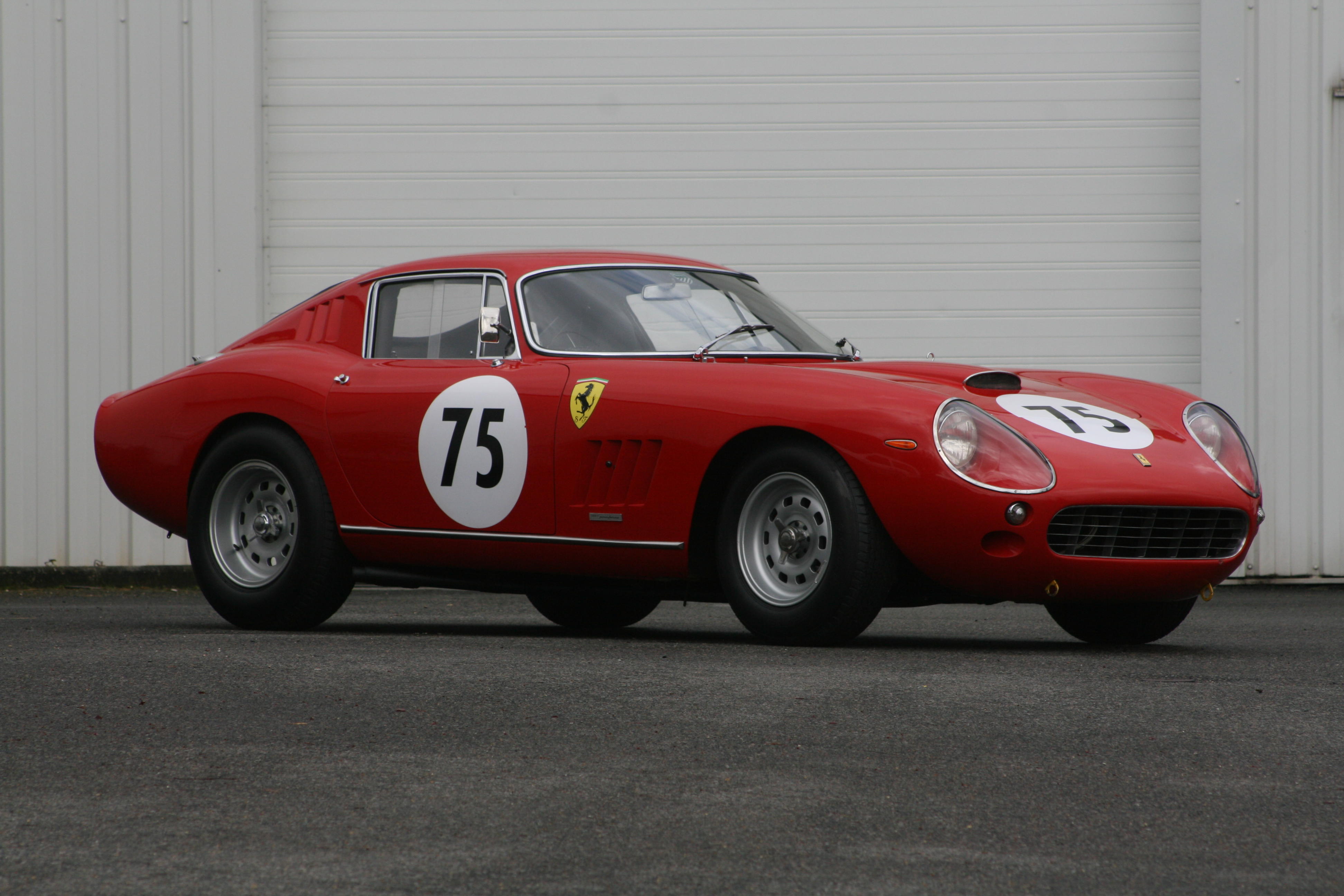
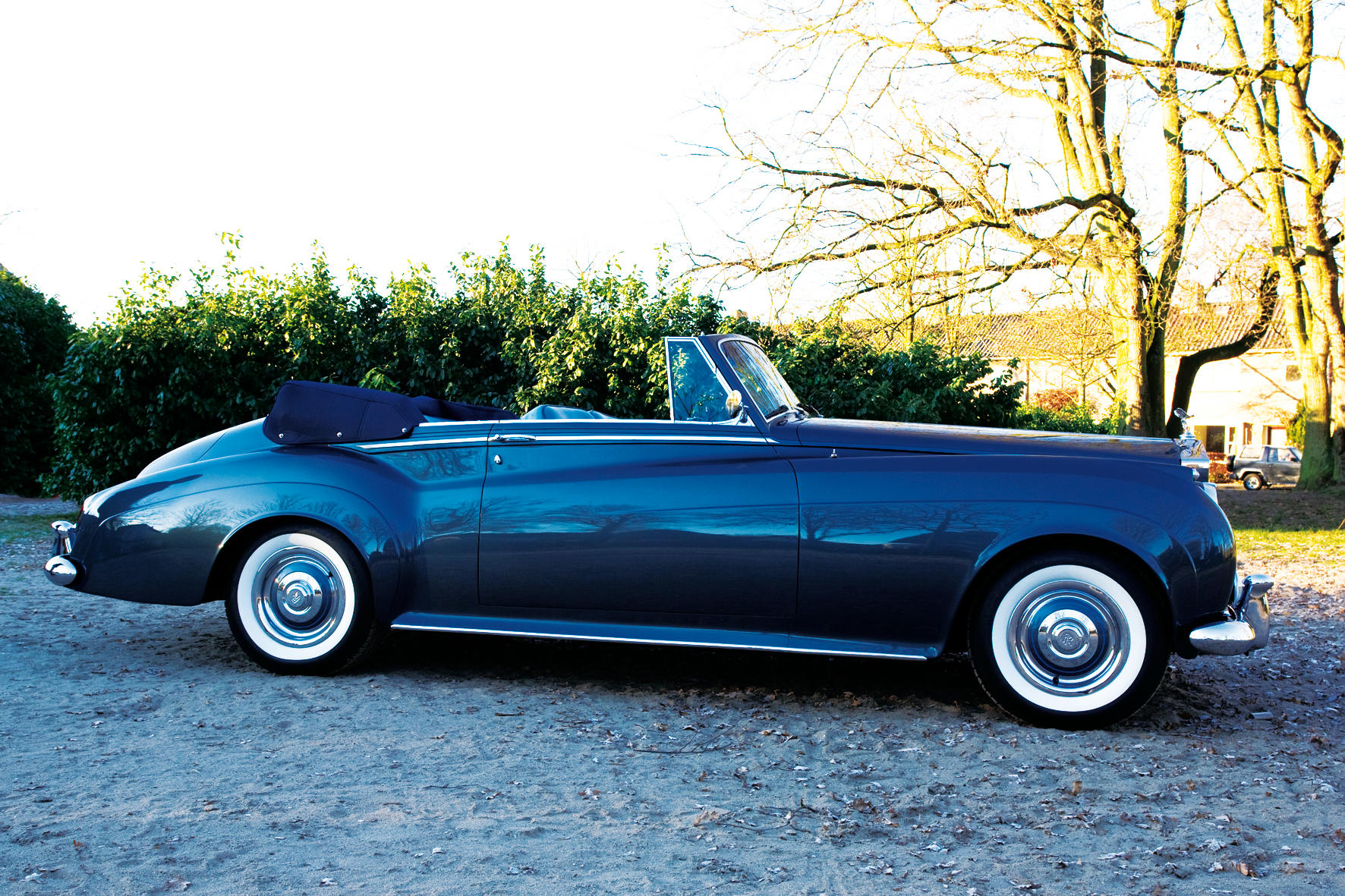
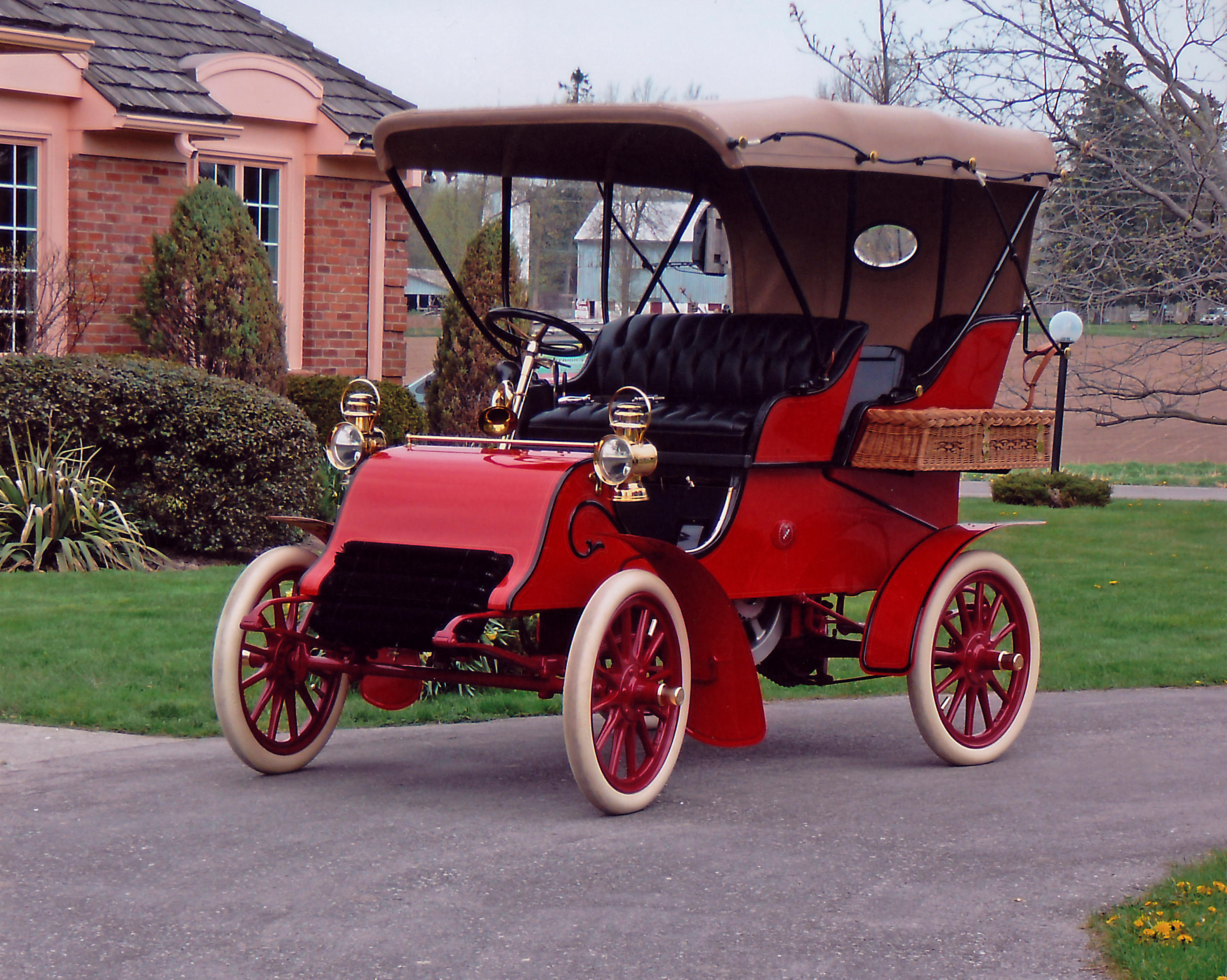
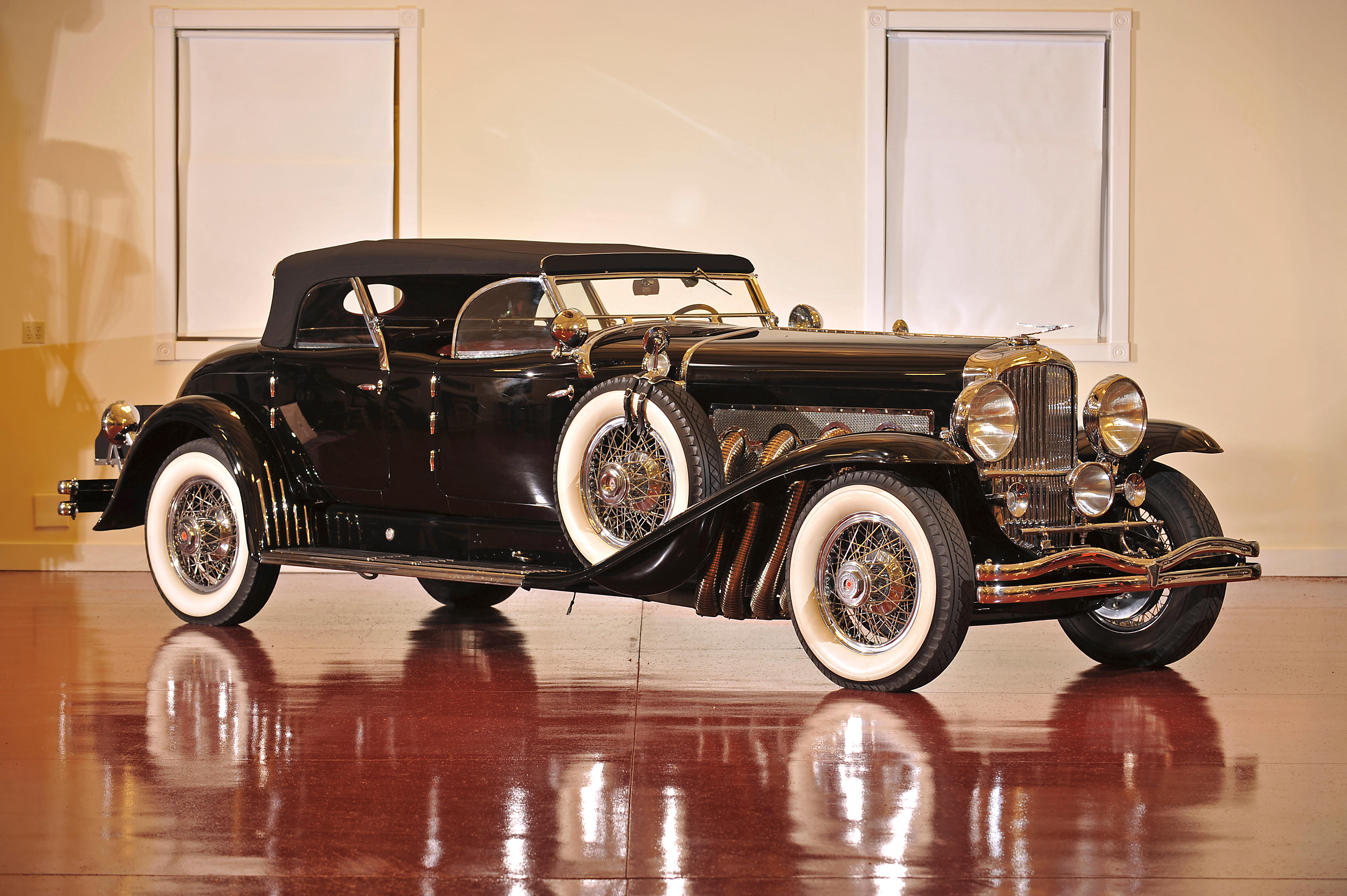
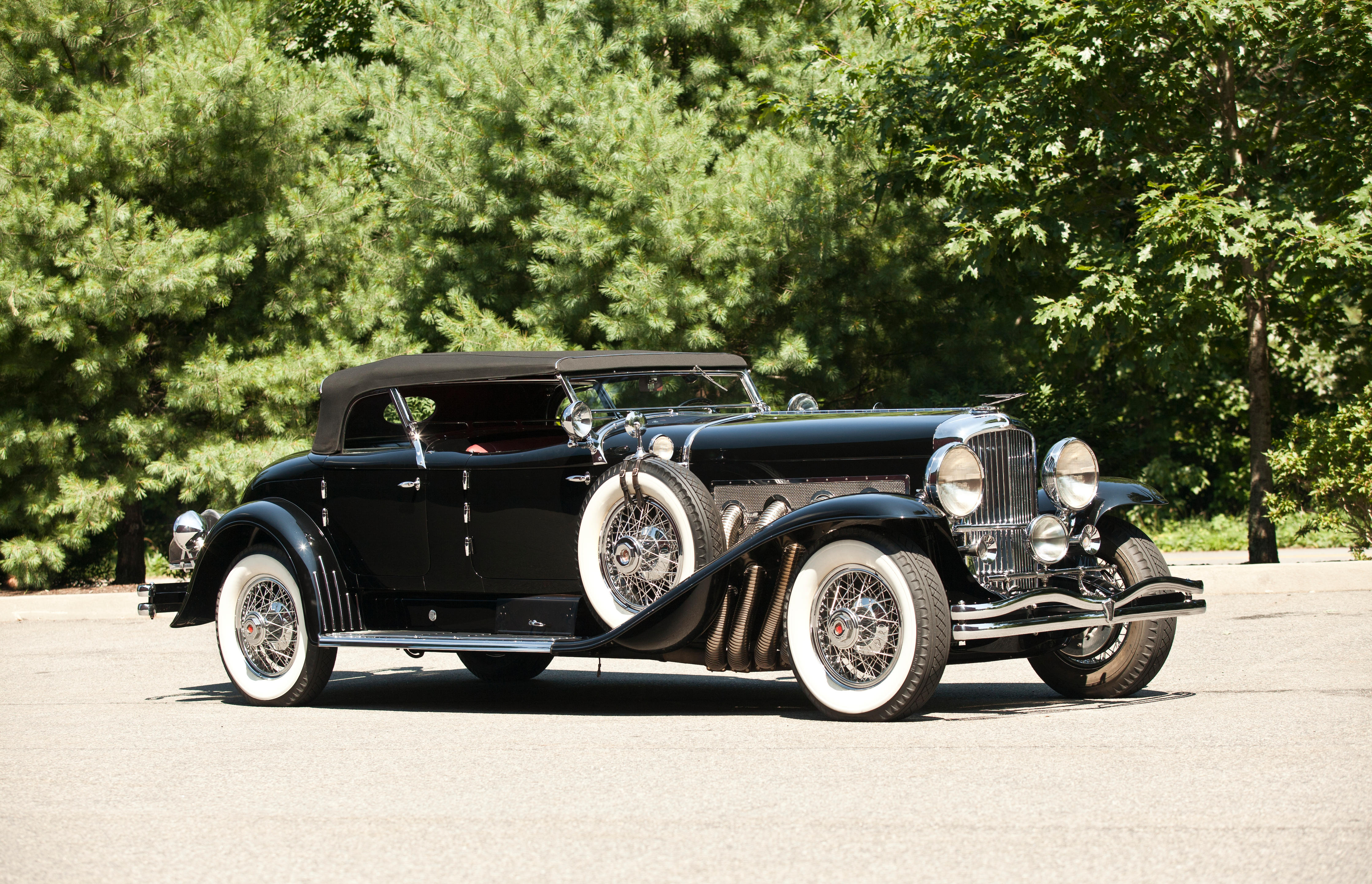


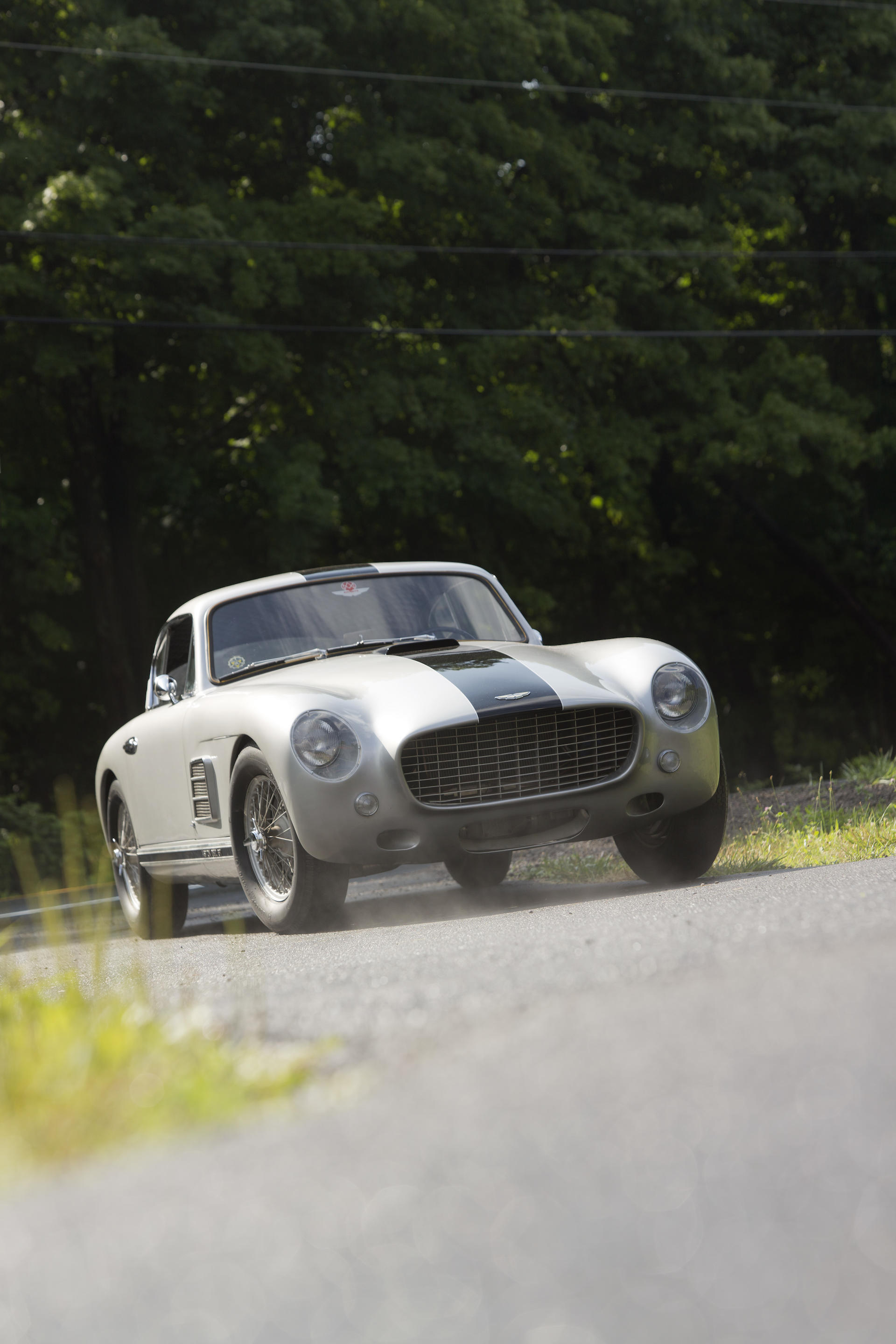

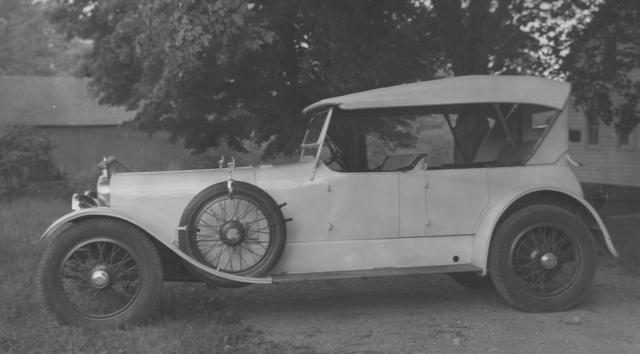
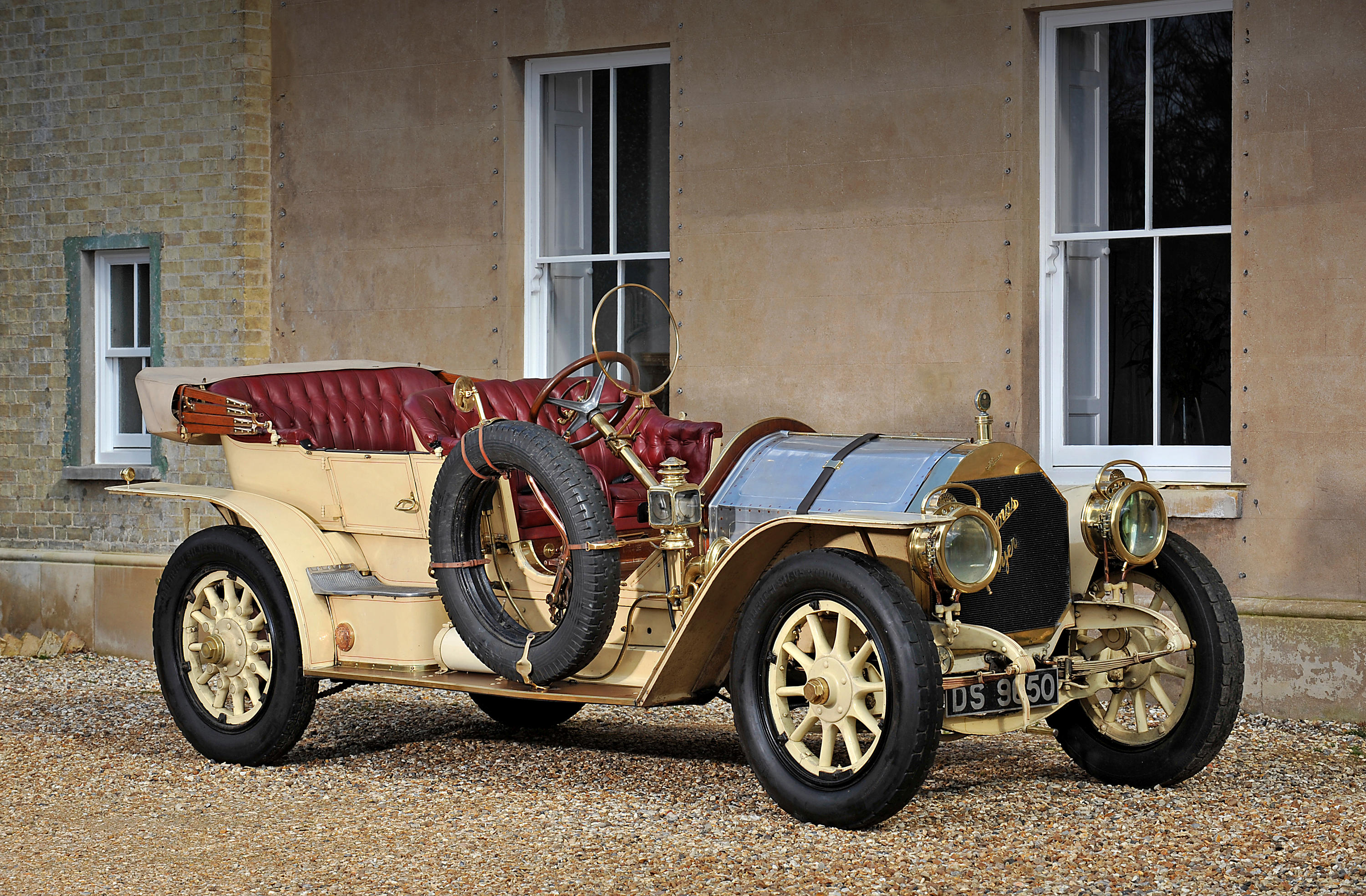



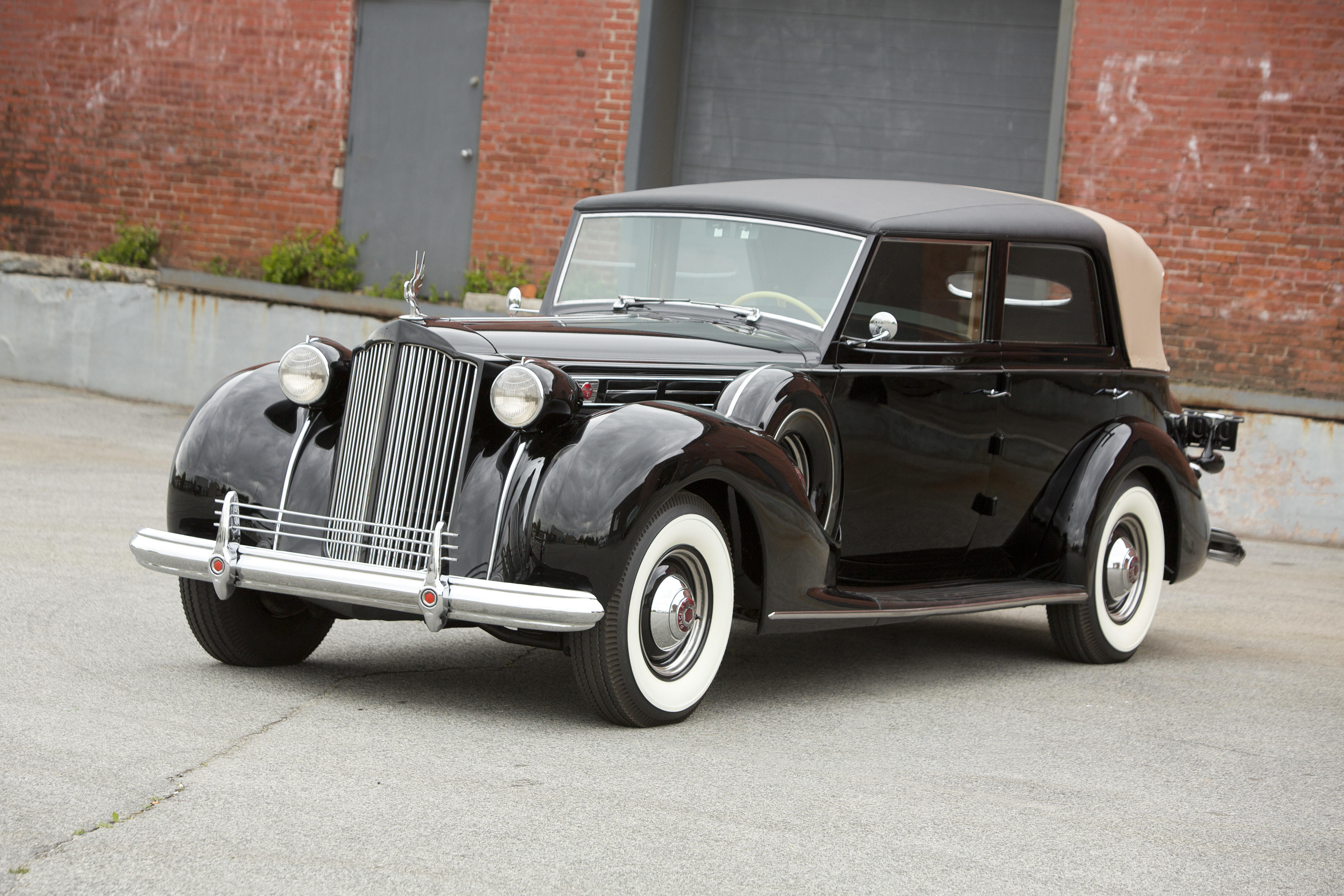
Testen Sie LotSearch und seine Premium-Features 7 Tage - ohne Kosten!
Lassen Sie sich automatisch über neue Objekte in kommenden Auktionen benachrichtigen.
Suchauftrag anlegen